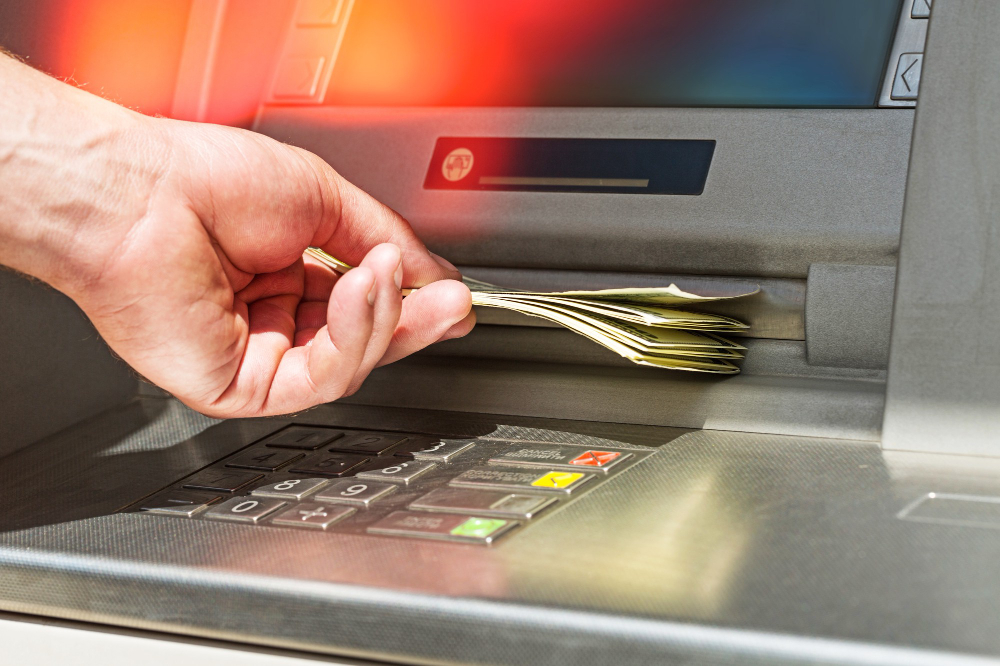Each year, the IRS sets a limit for the dollar amount of deposits that business owners can make to their bank accounts in physical cash. These limits are in place to help prevent money laundering and other illegal activities and create important reporting requirements for financial institutions and business owners.
Although some banks may enforce their own cash deposit limits, for the tax year of 2023, the IRS required Cash Deposit Limit is $10,000.
This limit doesn’t necessarily mean a business can only deposit up to $10,000 per year. Rather, it requires both banks and account owners to report any amount deposited over that limit to the IRS.
As a small business owner, it’s important to understand each of these limits to ensure you’re filing your taxes correctly at the end of each year and remaining compliant with business requirements.
Main Requirements For Reporting Large Deposits Or Payments
Here are the requirements for when you have to report a large deposit or payment:
- Cash payment or deposit in a lump sum over $10,000;
- Payment or deposit of $10,000 via 2 or more related transactions in a 24-hour period;
- Payment or deposit of $10,000 via 2 or more related transactions in a 12-month period.
Thinking about breaking up the large payments/deposits to get around these cash limits? Don’t do it, this procedure is called “structuring” and, as you guessed, it’s illegal.
All you need to do is properly report these transactions by adding them to your income during tax season.
How to Report Cash Deposits Larger than $10,000?
If you are a small-business owner and you receive a cash deposit of over $10,000 in a single transaction or in related transactions, you will need to fill out Form 8300 within 15 days of receiving the cash deposit.
Are Banks Required to Report Large Cash Deposits?
Yes, in the United States, the Bank Secrecy Act (BSA) of 1970 requires banks to report any cash transaction of $10,000 or more to the Financial Crimes Enforcement Network (FinCEN). This means that if you deposit more than $10,000 in cash into your account, the bank will file a Currency Transaction Report (CTR) with FinCEN.
The purpose of CTRs is to help law enforcement agencies track the movement of large amounts of cash. This information can be used to investigate money laundering, terrorist financing, and other illicit activities.
In addition to the $10,000 reporting requirement, some banks may have their own internal cash deposit limits. These limits may be lower than $10,000, and they may apply to different types of accounts, such as savings accounts and checking accounts.
Are Business Owners Required to Report Large Transactions?
Yes, companies that handle cash transactions must report any received cash payments of $10,000 or more to the IRS. This includes related payments from a single client that add up to $10,000 or more.
For instance, if you teach a monthly class and receive cash payments of $1,500 per month from a single student, you must report these payments to the IRS when the total amount reaches $10,000.
Be aware that making multiple transactions close to $10,000 may raise suspicions of structuring, a practice used to avoid reporting requirements. Intentionally structuring transactions to avoid reporting is illegal and can result in severe penalties for your business.
FAQ
How Much Cash Can You Deposit?
There is no limit to the cash you can deposit and it’s not illegal to do so. The bank is required by law to report your deposits to the IRS, in order to keep a record of your deposits and also make sure there are no money laundering activities involved.
How Much Cash Can You Deposit Before It Is Reported to the IRS?
In the United States, banks are required to report cash deposits of $10,000 or more to the Internal Revenue Service (IRS) within 15 days of the deposit. This is known as a Currency Transaction Report (CTR). The Bank Secrecy Act of 1970, as amended by the Patriot Act of 2001, requires this reporting to help identify and prevent money laundering and other financial crimes.
What Is Form 8300
The Form 8300, Report of Cash Payments Over $10,000 in a Trade or Business, provides valuable information to the IRS and the Financial Crimes Enforcement Network (FinCEN) in their efforts to combat money laundering.
You must file this form, if you’re in a trade or business and receive more than $10,000 in cash in a single transaction or in related transactions. For more specific information, read more on IRS website.





